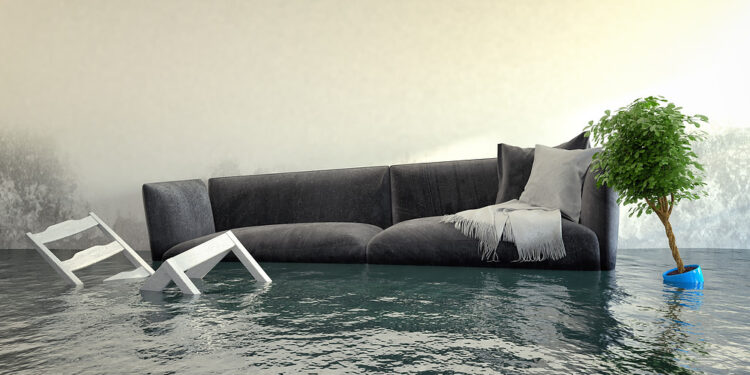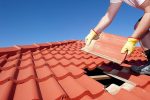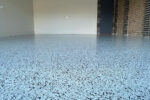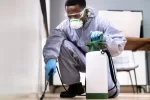The Basics of Water Restoration

The first step of water restoration is the thorough assessment of the damage. Experts use advanced tools and equipment to identify the extent of the water damage.
Class 1 water damage
There are different classes of water damage, and the process for classifying water is based on the Institute of Inspection Cleaning and Restoration Certification (IICRC). IICRC defines these categories as Clean, Grey, and Black. Clean water is typically water from a sanitary source. Therefore, it poses no significant health risks. However, it may still be contaminated and deteriorate into other classes, such as Category 2 and 3.
Class 2 water damage
When assessing the scope of water damage, it is essential to understand the difference between Class 1 and Class 2. While all types of water can cause extensive damage to your home or business, a clean-water loss is less severe than a Category 2 disaster. For example, if a water loss involves breaking down new water supply lines, it will fall into a Class 1 category. The IICRC has established two standards for water damage classification and specific remediation methods.
Class 3 water damage
When evaluating the need for water damage restoration services, Class 3 Water Damage is one of the worst. This category contains highly toxic water and can even cause health problems. Class 3 water damage is often referred to as black water. This water can contain raw sewage, heavy metals, and other potentially harmful materials. These types of water can come from floods and standing water. While this type of water damage is usually more challenging to clean, a professional can determine the amount of wear and develop an effective restoration strategy.
Class 4 water damage
Class 4 water damage is a particular kind of water loss that requires specialized restoration methods. Because this type of water damage causes deep pockets of saturation, remediation techniques for this type of damage are more complex and may require more time. Additionally, it may require more equipment and low humidity levels. These factors will affect the time to dry out a class 4 water loss. Here are some of the steps that must be taken to restore your property correctly.
Class 5 water damage
There are three main categories of water damage, namely category 1, category 2, and Class 5. Category 1 and 2 damage only involves the plumbing and appliances of your home but does not pose a health risk beyond a few days. Class 3 damage requires sewage, water that has come into contact with the ground, or long-standing water. Restoration techniques for this category are more specialized and need anti-microbial experts to ensure your home’s safety.
Class 6 water damage
Water damage can come in two different categories. The first is Class 1, a less severe form of damage caused by water. This type of damage involves water that has little or no evaporation rate and primarily affects the room’s surface. For example, carpets and padding can be heavily damaged, and the wet surface can also be slightly less porous. The second category of water damage is Class 2, which involves water penetrating a building’s structure and having a high evaporation rate.
Class 7 water damage
The first step in restoring your property after a flood is to estimate the amount of water damage. The amount of water that has penetrated your property depends on its classification. This category includes sewage and other contaminated water sources. Sewage backflows may occur when water seeps into the room past the toilet trap. Flooding from seawater, ground surface water, or streams may also cause backflows. Sewage backflows can also carry silt and organic matter into your structure. To properly clean the affected area, you must hire a professional water damage restoration company. Unfortunately, the number of regulated materials can be prohibitive for many homeowners and businesses.
Class 8 water damage
There are three basic types of water damage, and the IICRC has set specific standards for water damage restoration. Categories one and two involve water contamination during the water damage process but do not pose a severe health risk for several days. Categories three and four involve water in contact with the ground and sewage and require special procedures and an anti-microbial expert to restore the home or business properly. Below, we’ve outlined some of the most common types of water damage and how you can recognize them.
Class 9 water damage
If you’ve suffered a flood in your home, you probably already know that the process of restoring it can be expensive. However, before you hire a restoration company, you should know more about the different types of water damage and how to spot them. These different types of water damage are also known as classes, and each type requires specialized equipment and expertise to restore the home to its original condition. Below are the different types of water damage and their restoration processes.
Class 10 water damage
Class 10 water damage restoration requires extensive knowledge of drying methods, equipment, and techniques to restore the structure, contents, and other home or office areas. The process of restoring water-damaged property must be tailored to each situation. The IICRC S-500 standard provides the guidelines for restoring water-damaged buildings and contents. Taking this course will help you understand the entire water damage restoration process, including how to identify wet materials, dry the structure, and use air scrubbers and dehumidifiers.






